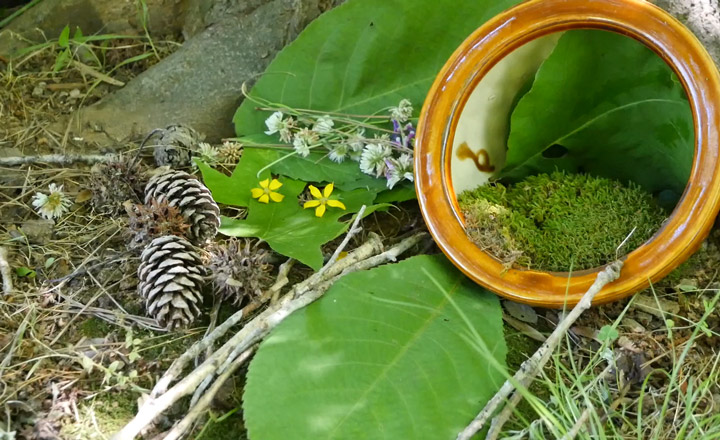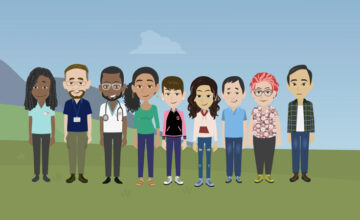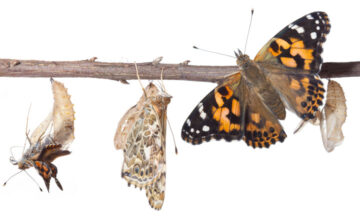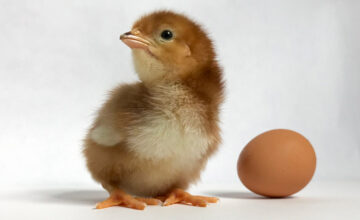
Summary
The natural world is all around us. In this hands-on learning session, youth will learn about North Carolina birds, toads, and frogs and then use what they’ve learned to build nature crafts that will help them observe the natural world in real-time.
Youth will build simple bird feeders and toad homes. Youth will then use their crafts to collect data, make observations, and develop inferences based on evidence about the natural world and the species they find there.
This session aligns with the following NC teaching standards for grades 1, 2, & 3
First Grade
Language Arts RI.1.6 Distinguish between information provided by pictures or other illustrations and information provided by the words in a text.
Language Arts RI.1.10 With prompting and support, read informational texts appropriately complex for grade 1.
Language Arts SL.1.5 Add drawings or other visual displays to descriptions when appropriate to clarify ideas, thoughts, and feelings.
Second Grade
Language Arts RI.2.3 Describe the connection between a series of historical events, scientific ideas or concepts, or steps in technical procedures in a text.
Language Arts RI.2.4 Determine the meaning of words and phrases in a text relevant to a grade 2 topic or subject area.
Language Arts RI.2.6 Identify the main purpose of a text, including what the author wants to answer, explain, or describe.
Language Arts RI.2.10 By the end of the year, read and comprehend informational texts, including history/social studies, science, and technical texts, in the grades 2-3 text complexity band proficiently, with scaffolding as needed at the high end of the range.
Language Arts SL.2.2 Recount or describe key ideas or details from a text read aloud or information presented orally or through other media.
Language Arts SL.2.4 Tell a story or recount an experience with appropriate facts and relevant, descriptive details, speaking audibly in coherent sentences.
Third Grade
Language Arts RI.3.3 Describe the relationship between a series of historical events, scientific ideas or concepts, or steps in technical procedures in a text, using language that pertains to time, sequence, and cause/effect.
Language Arts RI.3.4 Determine the meaning of general academic and domain-specific words and phrases in a text relevant to a grade 3 topic or subject area.
Language Arts.RI3.6 Distinguish their own point of view from that of the author of a text.
Language Arts RI.3.7 Use information gained from illustrations (e.g., maps, photographs) and the words in a text to demonstrate an understanding of the text (e.g., where, when, why, and how key events occur).
Language Arts RI.3.10 By the end of the year, read and comprehend informational texts, including history/social studies, science, and technical texts, at the high end of the grades 2-3 text complexity band independently and proficiently.
Language Arts SL.3.2 Determine the main ideas and supporting details of a text read aloud or information presented in diverse media and formats, including visually, quantitatively, and orally.



